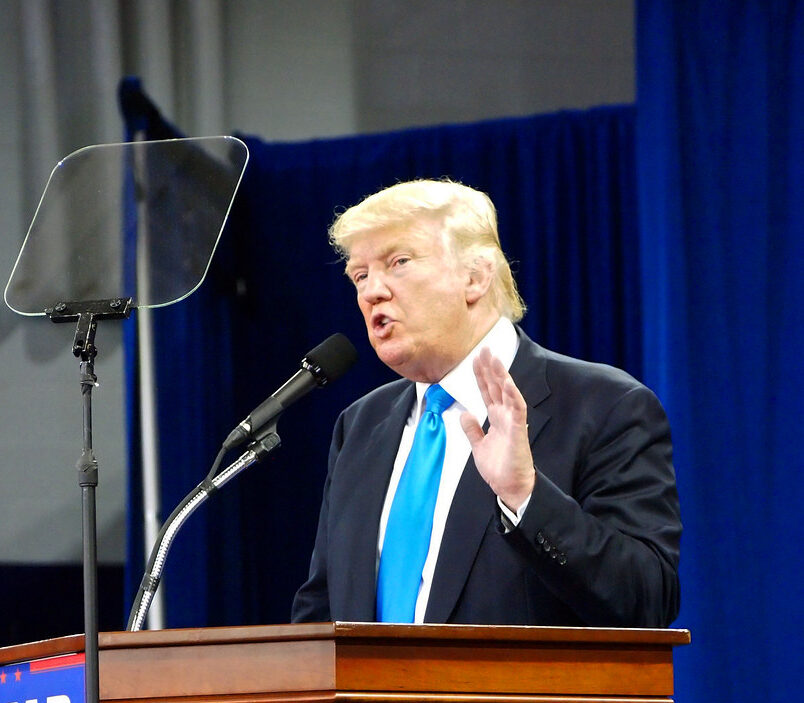Key takeaways:
• Two thirds of Americans now disapprove of Trump’s performance.
• Republican disapproval of Trump rose to 32 percent.
• 78 percent of Independents reject Trump’s handling of the economy.
• Tariffs have driven up living costs and fueled shared frustration.
• Unified disapproval could reshape the 2026 midterm elections.
A Rising Tide of Disapproval
Donald Trump’s first year in office has stirred strong feelings. However, recent polls reveal one clear trend. Nationwide data show that 67 percent of Americans disapprove of his work. Surprisingly, this feeling unites voters across party lines. For example, 32 percent of Republicans now disapprove of Trump’s leadership—a thirteen-point jump since March. In addition, 78 percent of Independents say they do not support his economic moves. Clearly, Trump disapproval has grown into a shared response.
How Trump Disapproval Cuts Across Parties
Polls confirm that Trump disapproval is not just a Democratic stance. Independents and even many Republicans now point to his handling of key issues. About 90 percent of Democrats disapprove, but they represent only 27 percent of the electorate. Republicans also make up roughly 27 percent. Independents, at 43 percent, split evenly toward both sides. Despite these ties, most Independents have moved firmly into the disapproval camp. In total, 65 percent of likely voters say they disapprove of Trump’s job.
The Economic Strain Hits Home
Unsurprisingly, the economy drives much of this sentiment. Rising prices for groceries, gas, and rent impact millions. Low- and middle-income families feel the pinch every day. For instance, most Americans list higher food costs as their top worry. Similarly, utility, health care, and housing expenses have jumped. In fact, nearly 70 percent of all adults disapprove of Trump’s economic leadership: Democrats at 94 percent, Independents at 78 percent, and Republicans at 32 percent. Consequently, Trump disapproval now reflects shared financial pain.
Tariffs and Rising Prices
Many Americans blame tariffs for their budget woes. In early spring, 66 percent of voters thought tariffs would raise costs “very likely,” with another 23 percent calling it “somewhat likely.” Even among Republicans, more than a third feared higher prices from tariffs. Today, 89 percent of voters feel proven correct. When companies pay extra import taxes, they often pass the cost to shoppers. Thus, tariff-driven price hikes have fueled united disapproval of Trump’s policy.
A United Voter Bloc
As opposition to Trump grows, Americans from all sides find common ground. When 78 percent of Independents and 32 percent of Republicans join 90 percent of Democrats, they form a massive coalition. People across the spectrum agree that the cost of living is their top concern. Consequently, they hold Trump’s economic record directly responsible. Moreover, frustration extends to party leaders who back him. Many voters see those politicians as complicit in policies that hurt families. Therefore, a new coalition has emerged in response to shared hardship.
Looking Ahead to the 2026 Midterms
Although Trump will not run in the next midterm elections, his influence remains strong. Voter anger and unity could reshape state and federal races. In turn, those elections will serve as a referendum on his term. People plan to use their votes to voice frustration with high costs and broken promises. In particular, red-state voters may abandon candidates tied to Trump’s agenda. Meanwhile, the broad coalition of disapproval threatens to sweep incumbents from office.
The Power of Shared Experience
At its core, Trump disapproval has become a powerful force. Shared economic struggles have overridden party loyalties. Rather than focus on ideology, many voters focus on real-life costs. They connect over higher grocery bills, rent increases, and health care fees. This bond could stand firm even when new issues arise. Notably, Americans prefer leaders who tackle living expenses directly. Thus, politicians who dismiss cost concerns risk losing broad support.
Political Consequences of United Disapproval
In modern history, few presidents have faced such unified disapproval. By uniting Americans across parties, Trump may have set a record. This unified front might also change campaign strategies. Candidates will need to address the cost-of-living crisis head-on. They must offer clear plans for price relief and fair trade. Otherwise, they will pay the price at ballot boxes nationwide. Ultimately, united disapproval of Trump’s policies signals deep public demand for relief.
Conclusion
Donald Trump’s actions inadvertently united Americans against him. From Republicans to Independents to Democrats, most voters share a common message. They blame his tariff policies and economic handling for rising costs. As a result, Trump disapproval has soared to historic levels. Now, this united force stands ready to influence elections and shape policy. In the months ahead, politicians will have to respond to the loudest voice in the land: the one that says enough is enough.
Frequently Asked Questions
What drives the rise in Trump disapproval?
Many voters, across party lines, point to higher living costs and tariff-related price hikes.
How do tariffs raise everyday prices?
Tariffs act as extra taxes on imports. Businesses often raise consumer prices to cover these taxes.
Will this united disapproval change future elections?
Yes. A broad coalition of frustrated voters could flip key seats in state and federal races.
Can economic issues truly unite different parties?
Absolutely. When basic living costs climb, voters from all backgrounds share common concerns.

